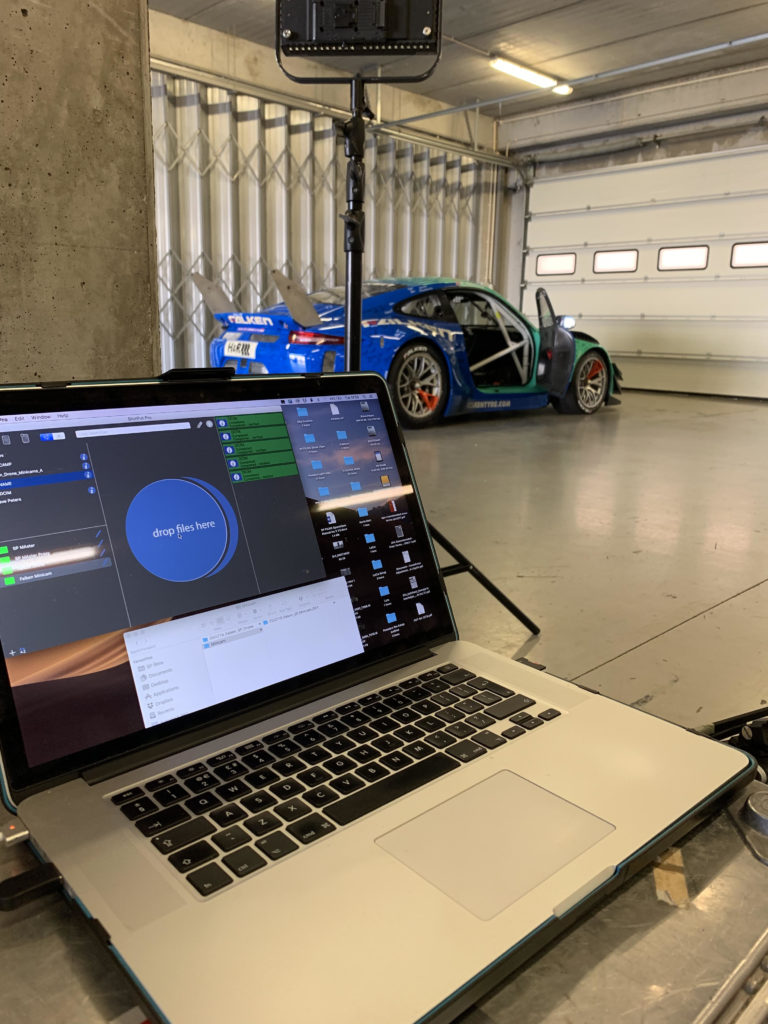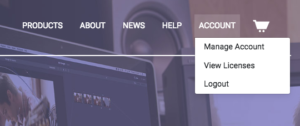

A very good idea is to hand around a workflow document so everyone knows what is expected and needed. You must speak to your post house before the shoot day for clarification. Your shuttle drive should follow the same structure, though it will be 'SHUTTLE A' instead of RAID_1 It's also likely this will be stored on an LTO tape where little mistakes being changed become big problems. Everything must be stored in the correct place and be easy to navigate.Ĭoming back to a project in a years time is a high possibility so your project management is very important. This is where little mistakes are going to crop up and you must get it right. Some post houses like different folders for different cameras. The day obviously is the day you are shootingĪnd the letter at the end lets us know which camera was being used. The date backwards is used mostly but some prefer it in other ways. Some post houses like an underscore (from FAT32 days) some hate it. This is the date backwards, the day and the camera designation The First folder, where we will be keeping our project is named after the shoot title - 'GRANT_SHOOT'Īs it is a multi-day shoot the first folder within 'GRANT_SHOOT' is '20141115_DAY1_A' This is the route structure of our MASTER RAID Drive. Time management is the only complex part of this job and anything that saves time is good. For us that means we can copy our card onto two drives at the same time.
#Silverstack vs shotput pro verification#
If it matches you get a successful copy, if it fails you get an error.īut the most useful.er use of the Copy verification software is that it can allow you to offload to multiple destinations at the same time. File verification works in many ways (file size, MD5 etc) but basically means that after you copy a file the program compares it with the original. They can also provide you with file verification - which is extremely useful and will save your neck one day. They can copy the data sequentially (which is not the case in dragging and dropping).This is very useful for more complicated file types (such as Red's R3D). This is where copy verification programs help.Ĭopy verification programs such as R3D Data Manager, Shotput and Silverstack do many things. This is known as 'dragging and dropping' which is fine in some situations but can lead to not copying everything or on some camera cards corrupting the data. You likely copy your photos by dragging them from the card into a folder on your desktop or external hard drive. We now know a little about what hardware is needed, so now we need to look at the software.

Obviously you will need the correct card reader for the camera you are using.įor this walk-through we will be using a simple Panasonic GM1 which uses SD Cards, so the Lexar Reader is perfect. The box should also contain the same information and a 'to address'.Ĭard Readers for CF/SD, Alexa SxS/Sony F55 and Red Epic/Scarlet I'd also put on the production company name and contact details (phone number is fine but the address is helpful if being posted). The Shuttle drive also must contain the name of the shoot (which shouldn't really need to be said), the Day, Date, Camera ID (whether it's A,B,C or all cameras). Paperwork is highly important, which will be covered later but a great deal will correspond with you drive labelling. A good system means it's very difficult to loose data, a bad system is.bad! This is all part of your 'system' which is the deciding factor on whether your data is safe or not. Shuttle A (there will be a Shuttle B, Shuttle C etc) and RAID_1 etc. If a drive is lost, you fall ill - whatever someone must be able to know at a glance what is contained on it. There is no standard for labelling but it must be clear (I usually prefer to use a Dymo for labels).Įverything should be idiot proof.

Again this travels in a small pelicase for protection (sometimes shuttled very far). The Shuttle drive is called Shuttle (or Transit) as it's purpose is to come back to you after being at post. I sometimes use something like this for onset and at the end of the shoot transfer onto a cheaper drive. It's expensive but depending on the shoot you can get away with much cheaper drives. It also needs to have a large storage capacity to hold the data. It is built as RAID5 so if a drive fails the data can be restored. It should live in a Pelicase or similar for protection when travelling. Above all it needs to be safe and reliable so build quality is of high importance.

This is going to be the drive that stays with the unit. The silver drive is a RAID (multiple drives inside). We have a shuttle drive (can be Lacie, G-Tech Mini etc) which is intended to go to the editor/post to be backed up further -it's a fairly simple drive. The above set-up is based on a multi-day shoot.


 0 kommentar(er)
0 kommentar(er)
